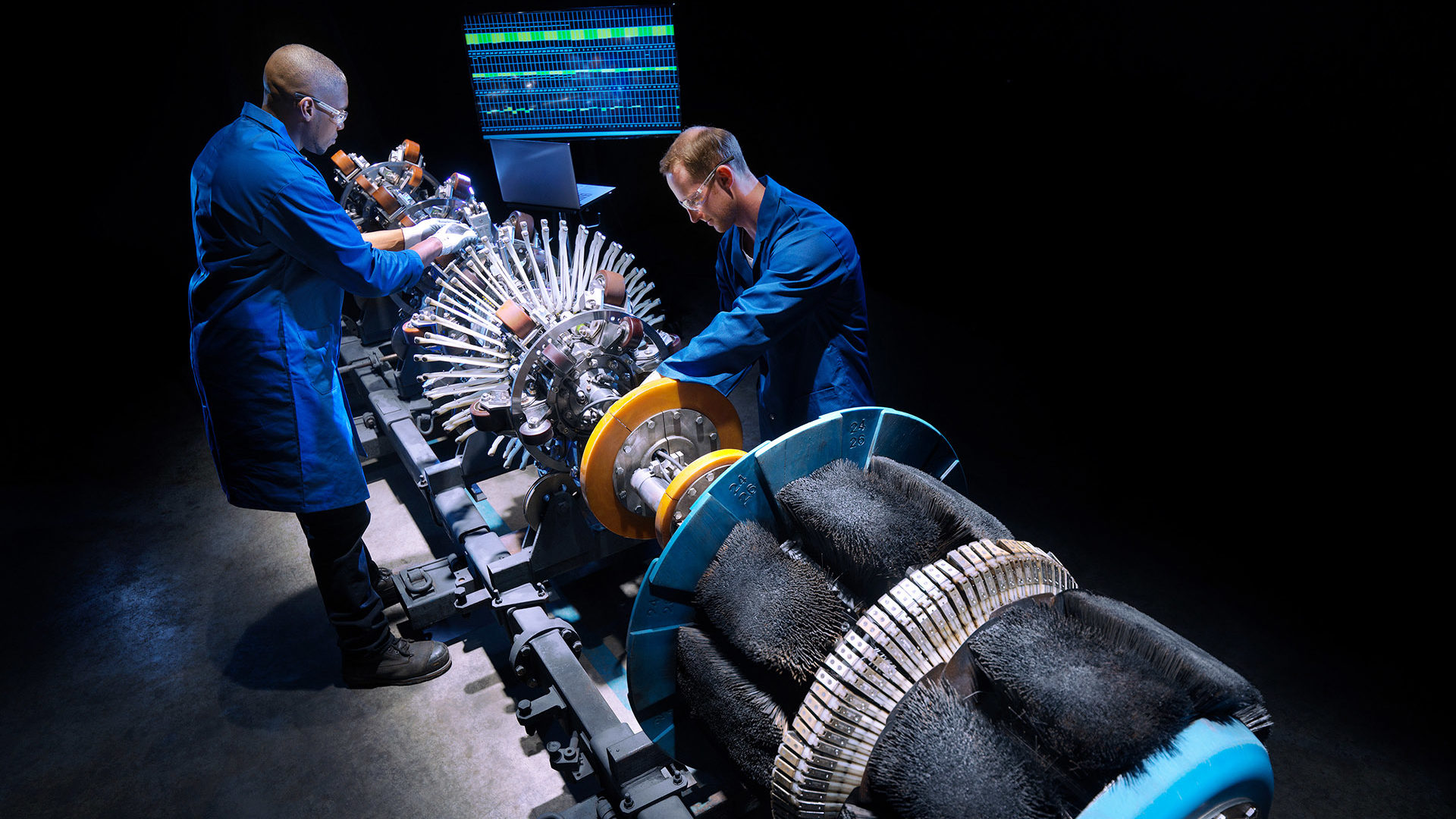2019 government, industry data shows low spills compared to Russia and U.S.

Canada is the world’s fourth-largest oil producer, after the U.S., Saudi Arabia and Russia, according to the U.S. Energy Information Administration.
“We are, globally, top performers. We are not getting credit for the things that we do,” CEPA CEO Chris Bloomer said in a January podcast hosted by the Canadian Heavy Oil Association.
A condition of CEPA membership is for Canada’s pipeline operators to work together to improve sector performance, with the goal of zero safety incidents.
The pipeline safety information from Russia, the U.S. and Canada varies in its depth of detail.
The US DOT defines a “significant” incident as one that includes fatality or injury requiring in-patient hospitalization; $50,000 or more in total costs; highly volatile liquid releases of 5 barrels or more, other liquid releases of 50 barrels or more; and/or liquid releases resulting in an unintentional fire or explosion.
CEPA defines an incident “significant” if it includes serious injury or fatality; liquid release of greater than 50 barrels; unintentional ignition or fire; or rupture or break of a pipeline.
Russia’s report does not include details on levels of spill impact.
CEPA goes into greater detail, disclosing that there were 21 incidents within the boundaries of oil and gas pipeline facilities in 2019.
Incidents that occur within a facility pose less potential threat to the public or environment because of their size and the fact that facilities have both restricted public access and leak containment systems to keep the releases within the facility, CEPA notes.
It’s frustrating that the perceived risk of spills on oil and gas pipelines in Canada contributes to project delays and cancellations, particularly considering Canada’s safety performance compared to competitors that in many cases are not transparent, says Tim Pickering, CEO of Calgary-based investment firm Auspice Capital Advisors.
“Nigeria, the Middle East, Russia — it’s all the same. The standard is so low, [and] the environmental hit is so great. We all know this. Yet, the environmental voice will target Canada because we care, have a great track record, and you can physically go see it. You won’t disappear or go to jail,” he says.
Share This:





 CDN NEWS |
CDN NEWS |  US NEWS
US NEWS 

































Canada’s Advantage as the World’s Demand for Plastic Continues to Grow